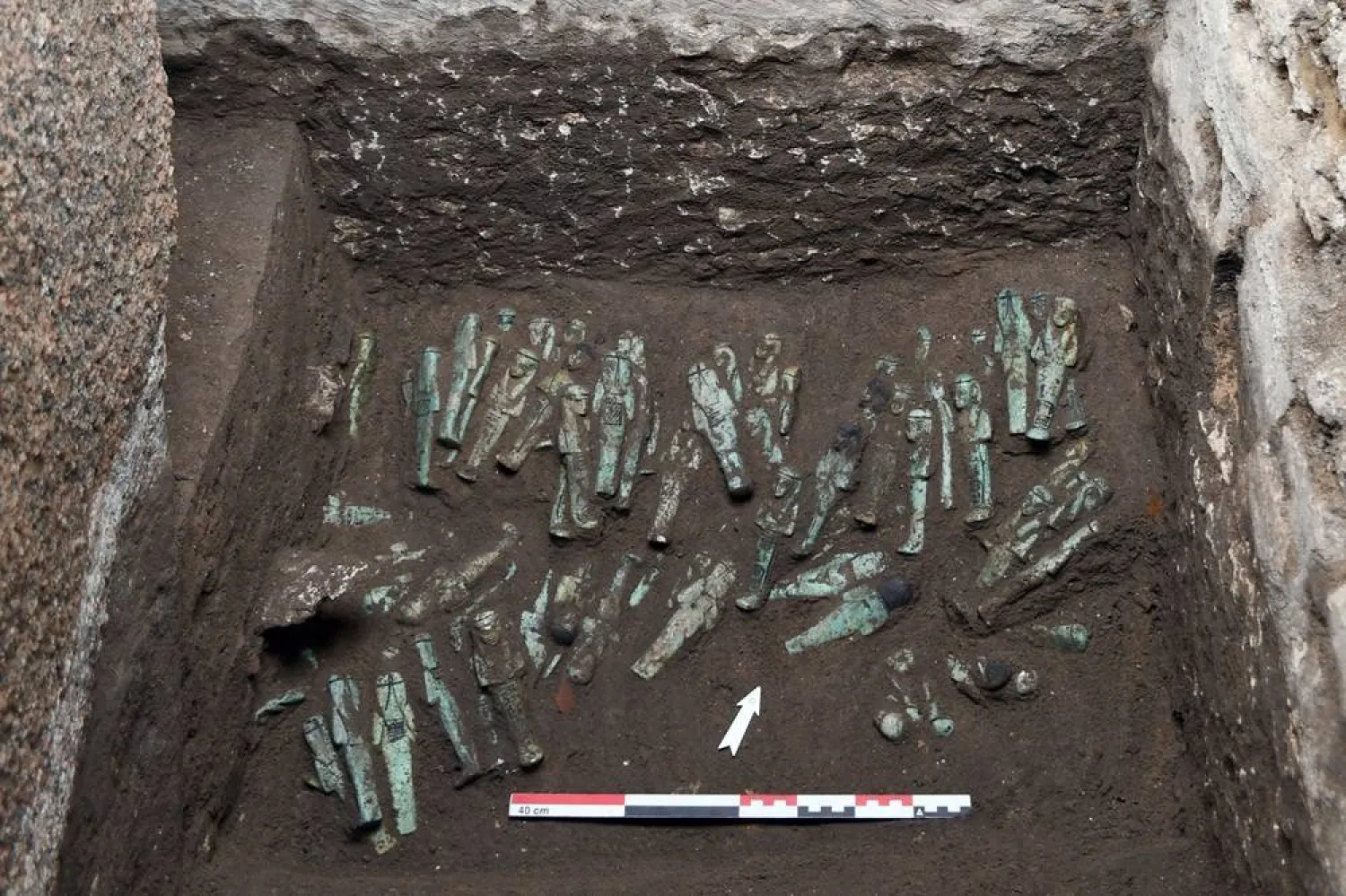An archaeological survey by an international scientific team in Saudi Arabia uncovered stone structures dating back to the 9th century BC, in the northern Al-Jouf region.
A team of Saudi and international archaeologists discovered one of the oldest stone structures built by man in Jabal Al-Dhulayat in Al-Jawf region, dating back to the period between 8,000 and 9,000 years BC, as part of the findings of the archaeological survey projects recently conducted by the Saudi Heritage Authority in cooperation with international scientific centers.
A recent scientific paper revealed stone monuments that were used as animal traps that date back to the prehistoric period, and reflect the ability of ancient populations to adapt to the nature of the place, and their intelligent behavior in dealing with natural conditions.
More field discoveries were made of desert stone traps and their construction patterns, as they spread in groups stretching for tens of kilometers from the north of Medina to the Hail region in central Saudi Arabia, and south to the Makkah region.
Dr. Suleiman Al-Dhaib, a professor of ancient Arabic writings, said that the Saudi Al-Jawf region was an inexhaustible source of history.
He noted that the discovery of stone monuments dating back to the ninth millennium BC is added to the amazing findings in Al-Jouf, the most prominent of which is the second oldest site in the continent of Asia, which is the Al-Shuwaytiyya ruins, which includes 16 settlements dating back to 1.3 million years BC, in addition to the oldest three-dimensional drawings known to this day.
He called for the need to launch an integrated national scientific project on the history and archeology of the Al-Jouf region, adopt the publication and documentation of its ancient Arabic and Islamic inscriptions, and shed light on its sites dating back to the stone, historical and Islamic ages.









